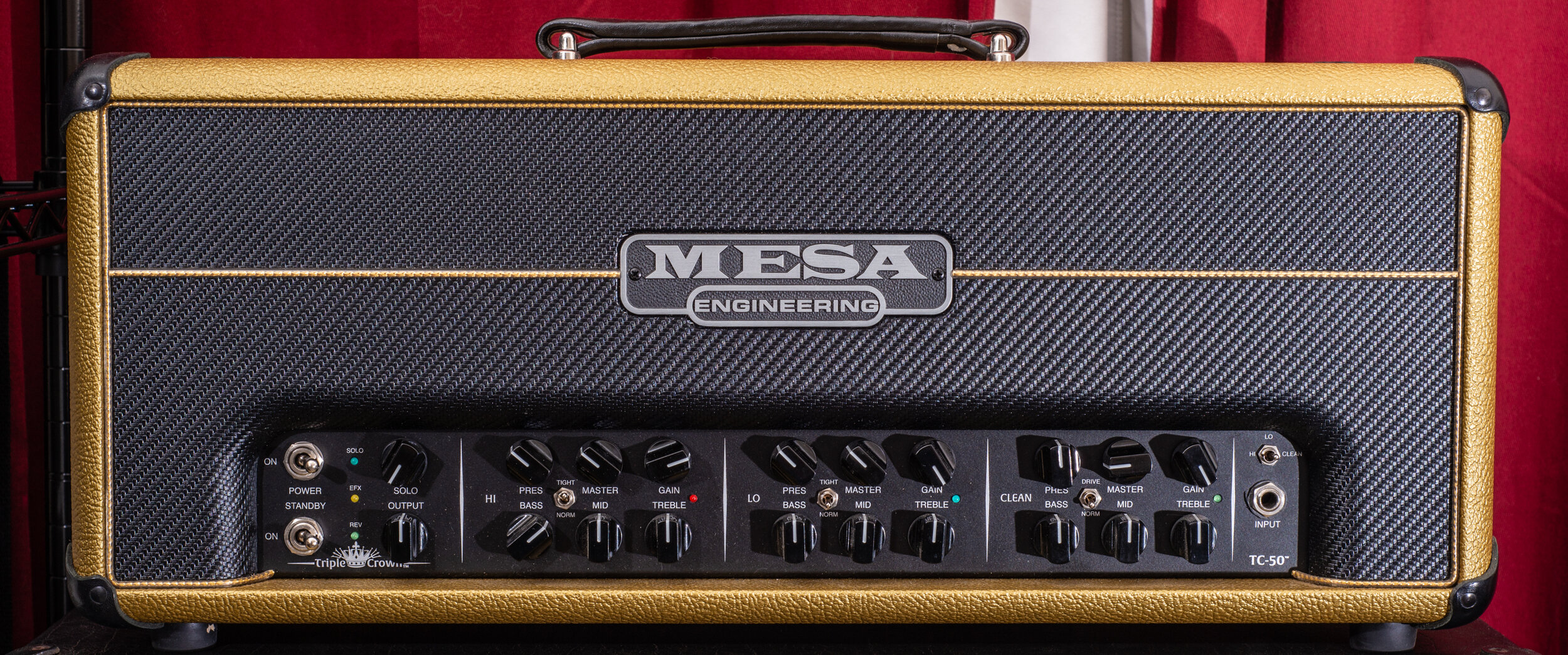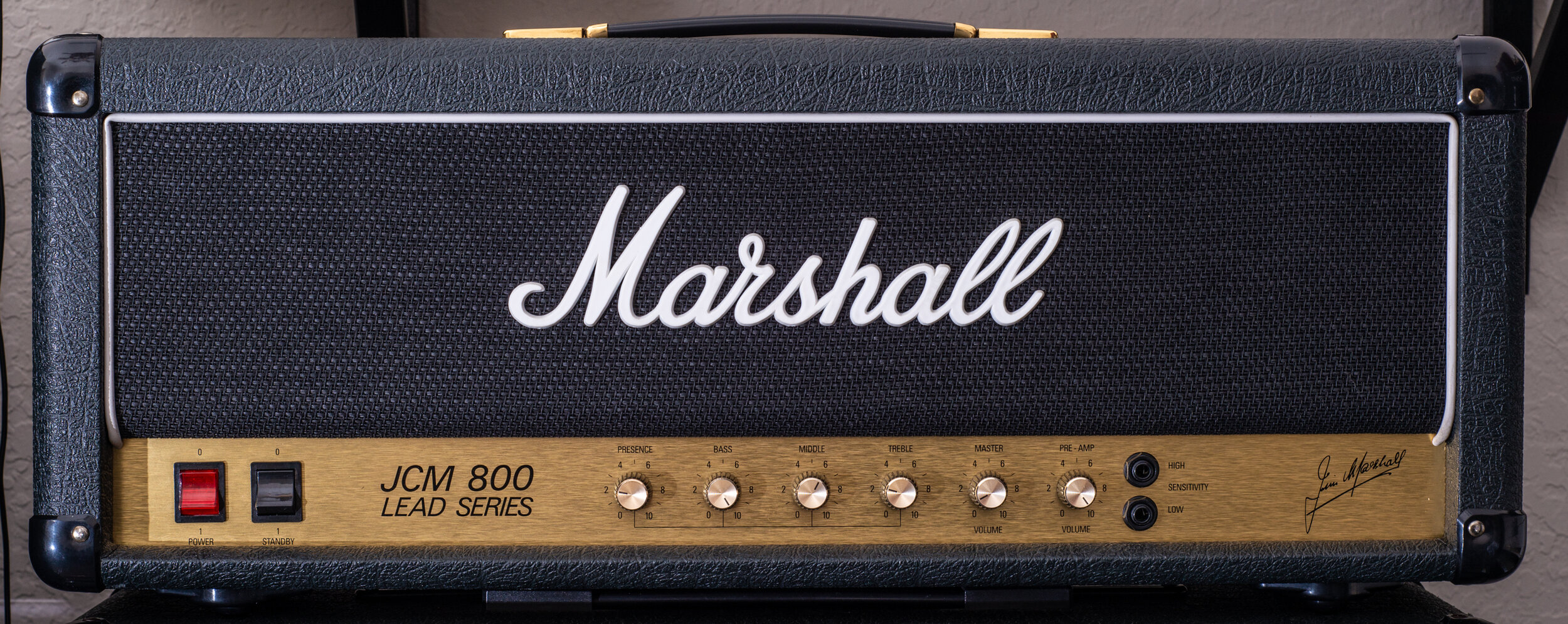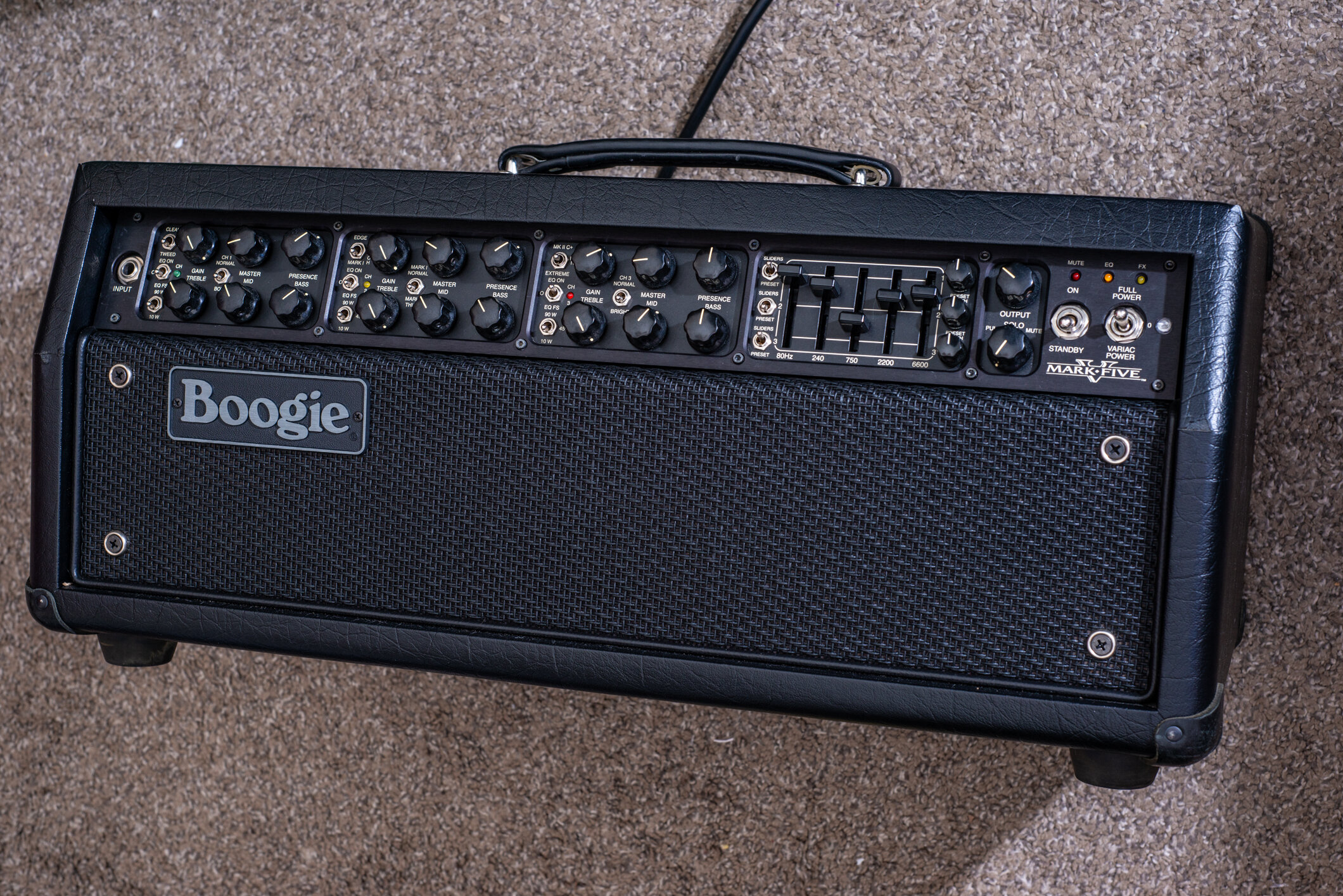I spotted this online for what seemed like an incredible price for a USA made boutique amp with top of the line components. I’ve had a few smaller name amps and been really blown away by them (PWE) and some that were awful (Kruse) so I really didn’t know what to expect here.
I know it’s a cliche, but all I can say is “wow!” This is a great sounding amp, really amazing tones. Channel 1 is a very full sounding clean tone, not too sparkly but reminds me the Normal channel on a plexi. Channel 2 is crunch, and with the gain about half does a great single channel JCM800 impression with a lot of brightness and grit just like the real one sitting only a few feet away. Channel 3 is the highlight for me, of course, as a fan of high gain tones. It keeps the same core tone going from the previous channel, but now you have a standard “gain” control as well as one titled “post” which effectively is a saturation control. Tweaking these two controls back and forth already results in a variety of great tones before even touching the EQ. Count me a big fan of this amp, and it looks great with so many tubes inside through the mesh front panel, and the HUGE Mercury Magnetics transformers inside.
Another really awesome feature, which I can’t wait to play around with more, is a switch on the front panel called “OT,” short for Output Tubes. It allows you to select from A or B right on the front panel - and all tubes are running so you can switch while playing and really hear the differences between them. Basically, you can put in two different pairs of power tubes, say 6L6 and EL34, and swap between them. Currently, it has a pair of 6550’s and a pair of EL34’s, and it’s very cool to hear the differences between those. This is what I expected from the Egnater Renegade, but was disappointed in the preamp section of that amp even though the blendable power section was cool. While the Rockmod doesn’t allow me to blend the two tube types, the preamp section is fantastic so I’m totally happy with this feature.






